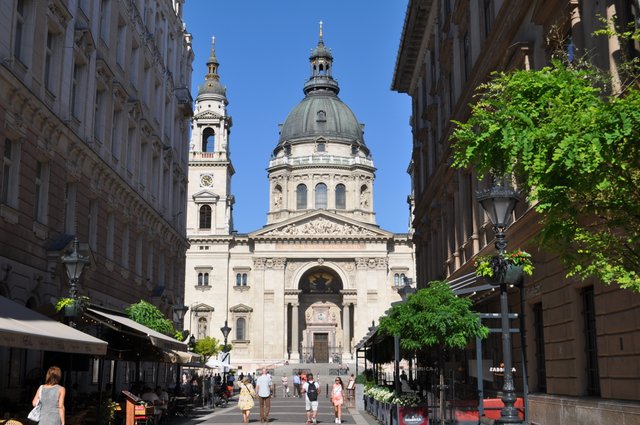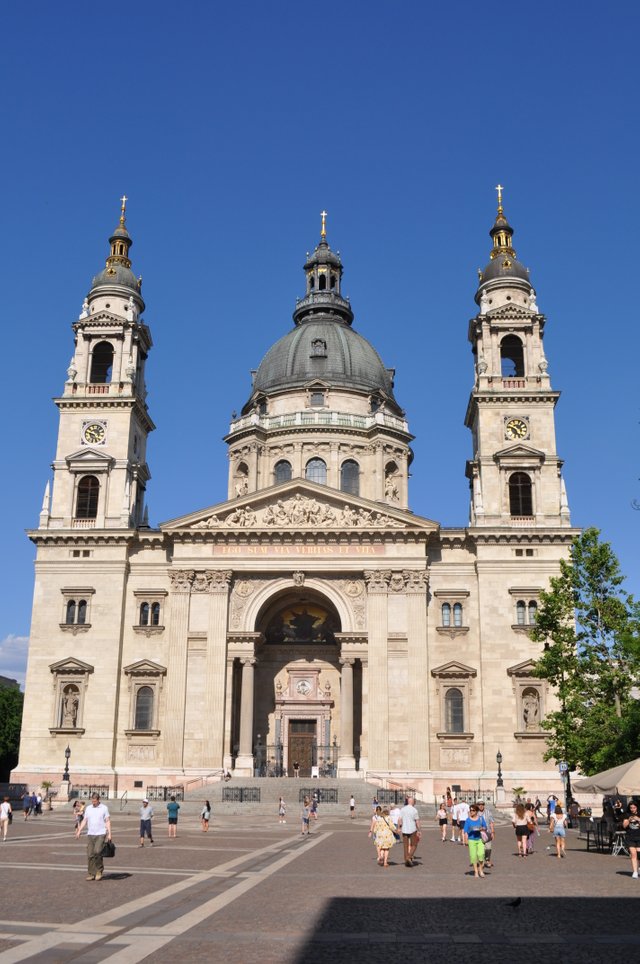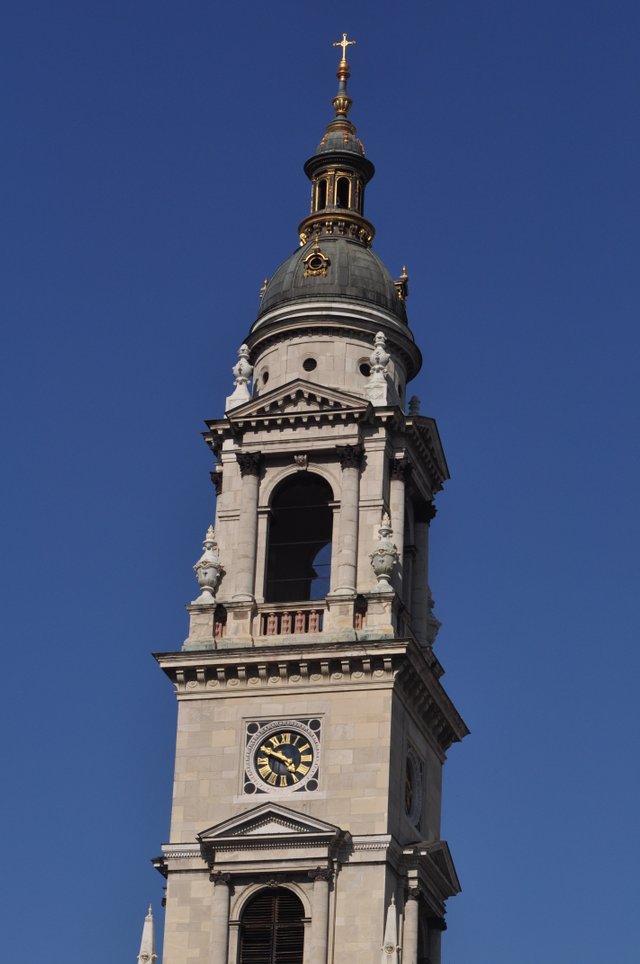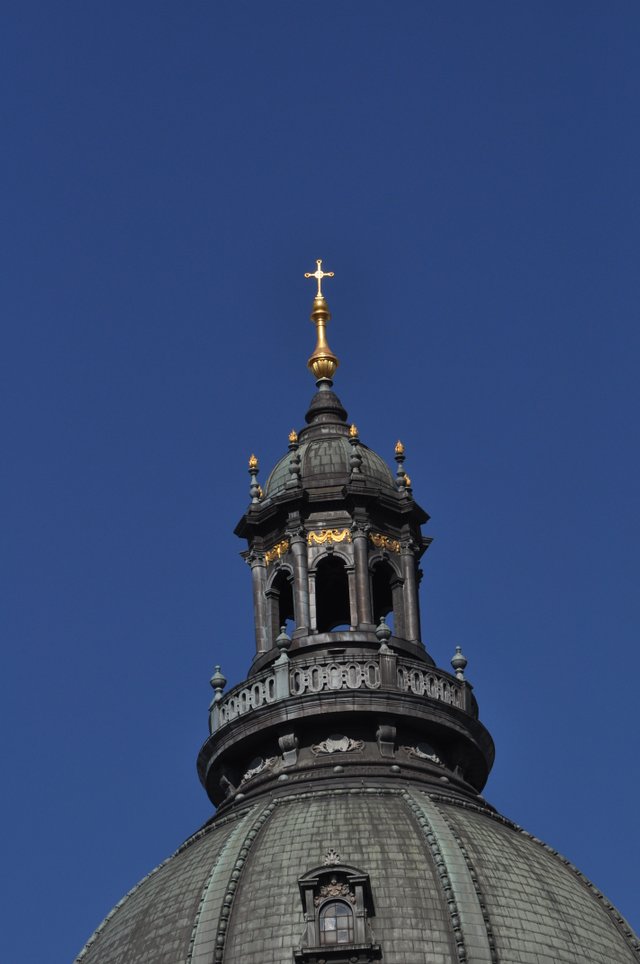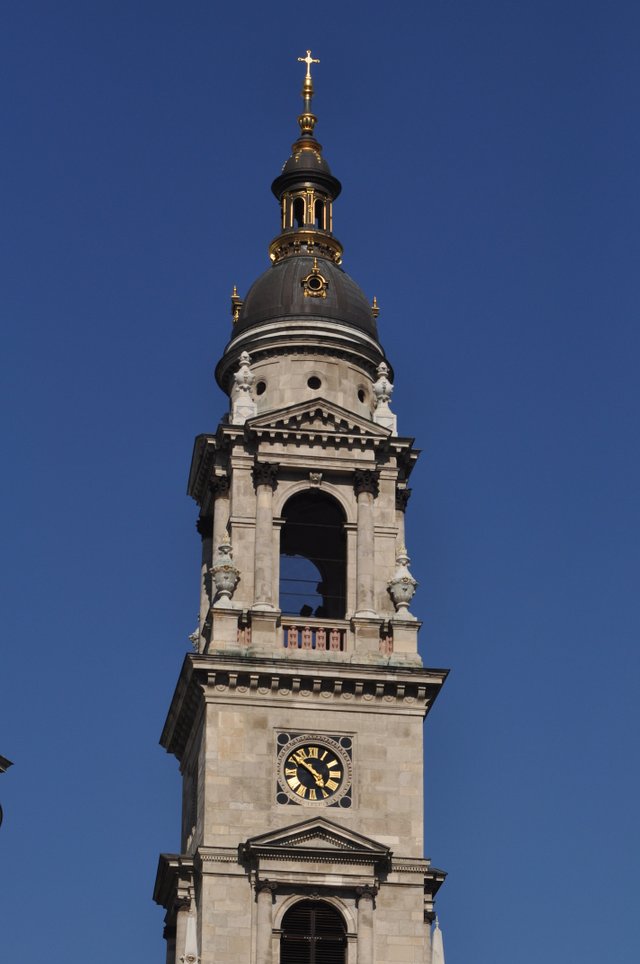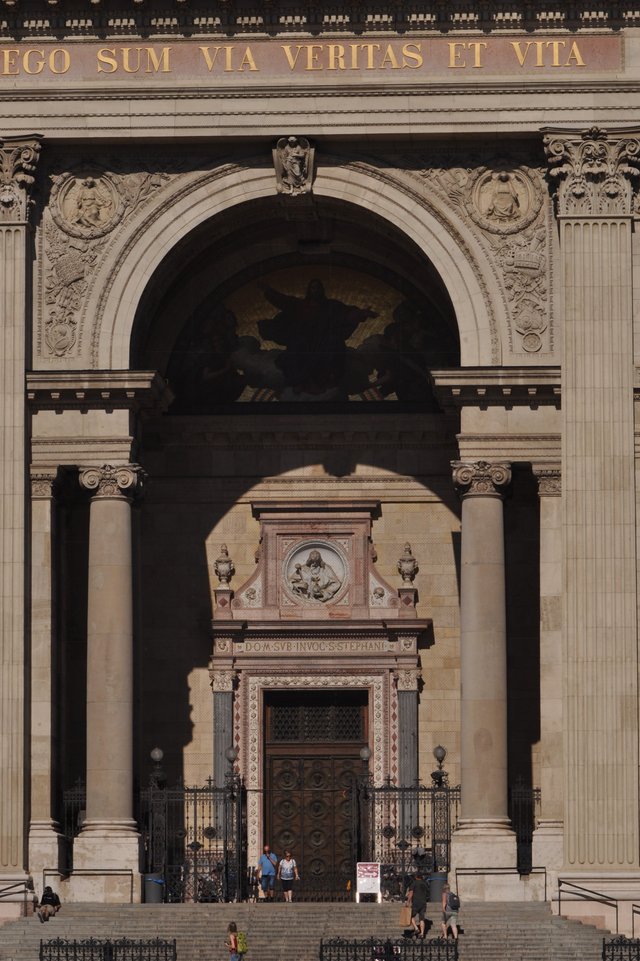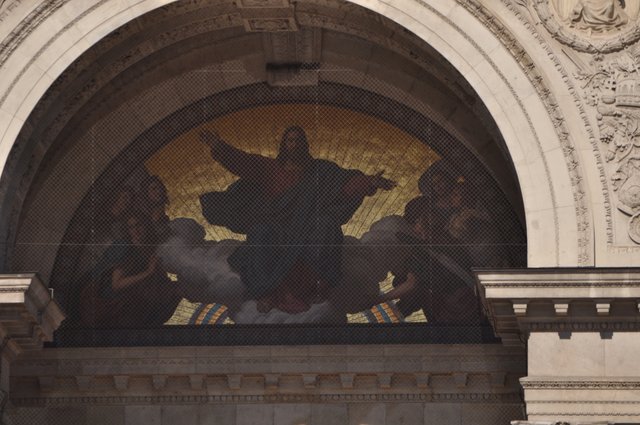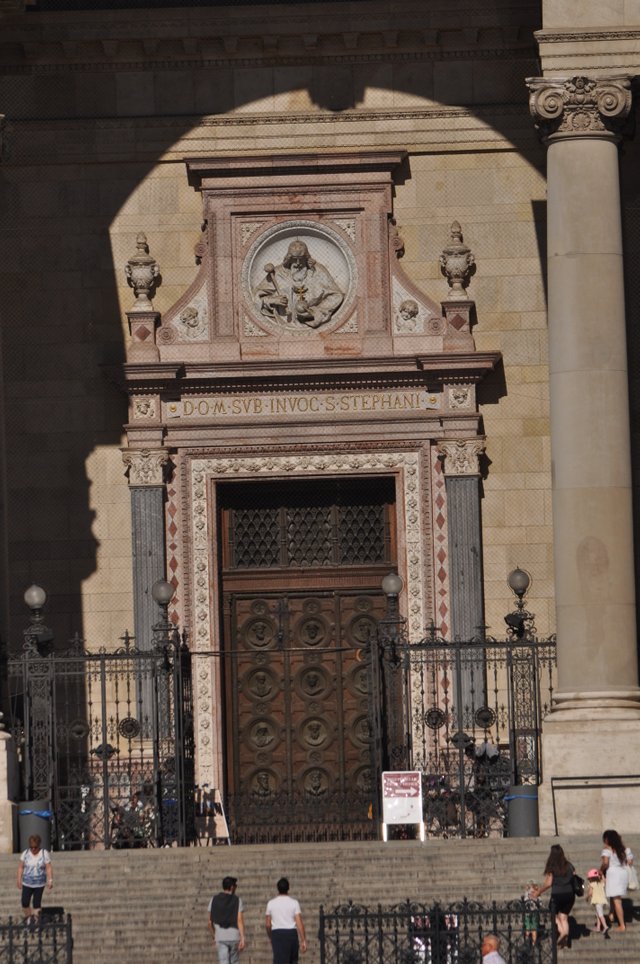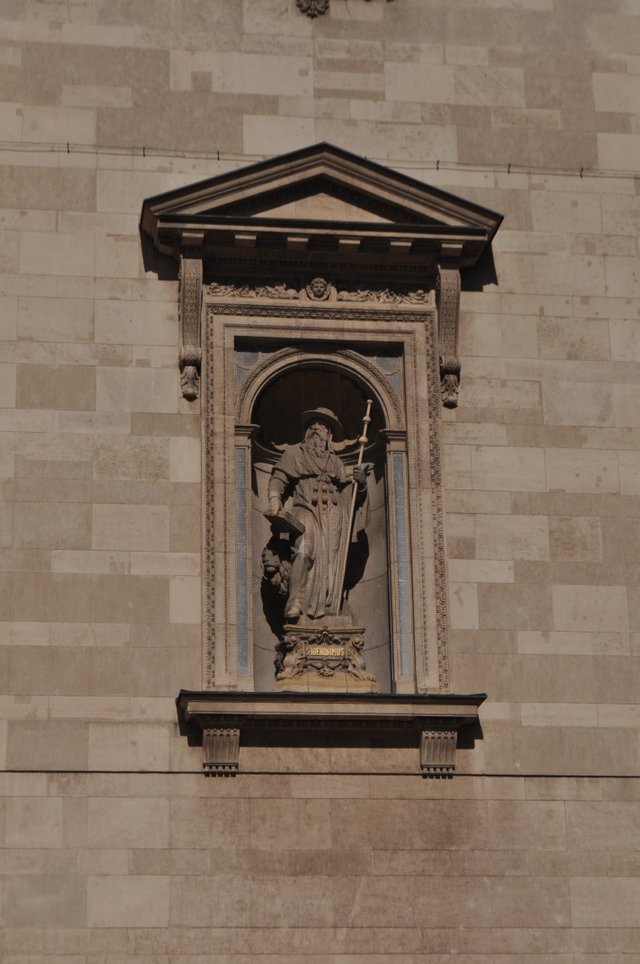Traveling with Sarah - St. Stephen's Basilica
St. Stephen's Basilica
Everything is beautiful in Budapest. Really beautiful city, streets full of people, interesting happenings all around us. But one place in particular caught my attention, it catches the eye and is really beautiful and adorns the streets of Budapest. This basilica is amazing, I sat on a bench and watched it for a while. There are cafes all around me that overlook the basilica, but I was more pleased to see it from a bench. The basilica is beautiful from the outside, and from the inside I can only imagine what it's like, I didn't go inside, unfortunately, but next time I will, I hope I can take photos :D
This basilica is the biggest attraction in Budapest. Of all, people photograph this basilica the most, like me. How can people not take photos of it when 3 architects worked on it, it was built for 54 years.
Intriguing subtleties are uncovered by the far off past, yet additionally by the new history of this glorious structure. The remaining parts of the most well known Hungarian football player, Ferenc Puskas, are kept here. The basilica and the square before it are as of now additionally utilized for shooting Hollywood blockbusters.
In the eighteenth 100 years, a performance center remained on the site of the basilica, renowned for its creature battles. Before the congregation was constructed, a huge flood crushed the city in 1838, an occasion that became known as the Great Flood of Budapest. The square on which this building presently stands rose from the fields of Budapest and hence shielded many individuals during the catastrophe. The survivors accepted that their destiny was a heavenly wonder, so they gave cash to construct a congregation at the spot of their salvation. It required quite a while for development work to start as a matter of fact.
Development started under the oversight of Jožef Hild in 1851. The development of the congregation was subsequently taken over by the draftsman Miklos Ibl, who supplanted the previous traditional style with neo-Renaissance components. Miklos Ibl was the most popular Hungarian planner of his time; he planned, among others, the structure of the Opera House and the structure of the Warkert market. The work on the basilica was finished by Jožef Kauser in 1905.
During World War II, the valuable assortment of the Hungarian National Archives as well as numerous evacuees were shielded from bombings in the cellar of this solid structure. The congregation, as the majority of the city, experienced serious harm. The substitution of the total rooftop structure was vital. In 1983, the regional government chose to totally reestablish the basilica, and the works went on until August 2003.

